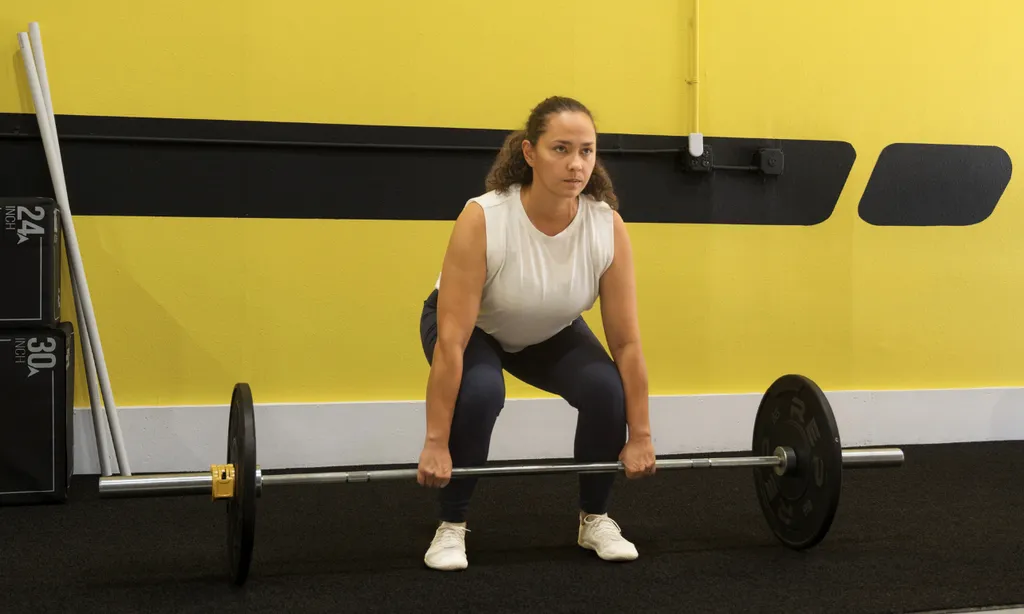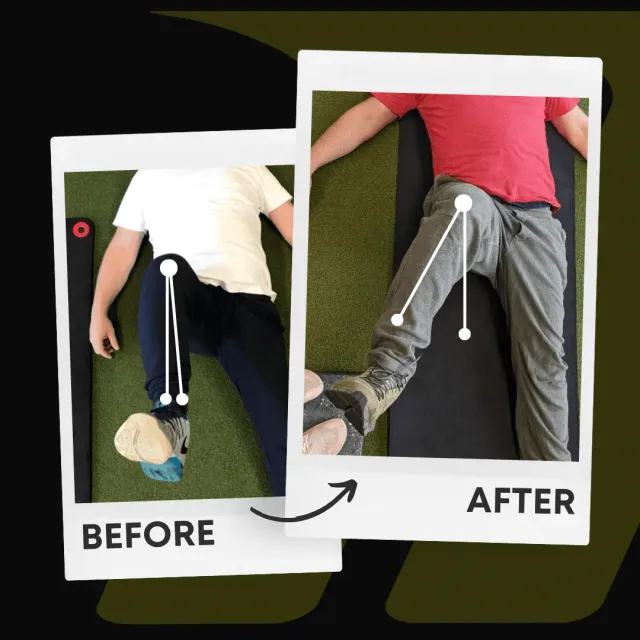What The Heck Is Functional Training?
January 1, 2025 | Personal Training

Functional training has become one of the most buzzworthy terms in the fitness industry, but what does it actually mean? For many, functional training focuses on exercises that mimic real-life activities, engaging multiple muscle groups through movement patterns designed to enhance functional fitness. However, at Motive Training, we take a different approach—we believe true functional training begins with improving joint health and mobility, ensuring movement quality before strength or complexity.
Traditional Strength Training Vs. Functional Training
Traditional strength training typically emphasizes isolating muscles or targeting specific muscle groups to achieve maximal strength and muscle growth. Exercises such as the bench press or bicep curl are often performed to build individual muscles, sometimes at the expense of movement quality or core stability.
Unlike traditional strength training, functional training emphasizes compound movements and exercises that engage multiple muscles at once, often replicating everyday movements to improve overall fitness and performance. The key difference lies in the purpose—traditional training often focuses on aesthetics or maximal strength, while functional training aims to improve how your body performs in everyday life.
Functional Training Redefined By Motive Training
At Motive Training, we prioritize the foundation of all movement: the joints. Functional training should not be about mimicking real-life activities like pushing or pulling heavy objects or doing squats and deadlifts for the sake of it. Instead, it should address joint-specific issues that impact movement patterns and posture.
Our functional exercise programs focus on enhancing joint health, targeting muscle imbalances, and improving movement capacity, ultimately making everyday tasks more efficient and pain-free. A cornerstone of our approach is the integration of Functional Range Conditioning (FRC), a science-backed system that develops joint strength, mobility, and control. FRC ensures that the body’s foundational movements are efficient and pain-free before adding complexity or load.
We also incorporate elements from the WeckMethod and coiling core training. These innovative approaches emphasize rotational power, dynamic balance, and teaching the body to generate force in multiple directions. This layered methodology allows for a more comprehensive understanding of functional movement.
Benefits Of Functional Training
The benefits of functional training go beyond burning calories or improving body composition. Functional training exercises are designed to maintain proper posture, improve core health, and enhance performance in daily tasks. By focusing on core stability and engaging multiple directions of movement, functional fitness exercises help improve balance, reduce the risk of injury, and ensure the body remains stable during various activities.
Unlike isolation exercises, functional training workout routines target multiple muscles simultaneously, making them more efficient for overall fitness. This holistic approach also improves body awareness, helping clients move more confidently and effectively in everyday life.
Examples Of Functional Training Workouts
While traditional strength training exercises like squats or push-ups are often considered functional movements, the approach at Motive Training adds a layer of specificity. For example, instead of focusing solely on the squat, we might prioritize exercises that address ankle, knee, or hip joint function to improve the starting position of a squat.
Functional training exercises might include resistance band work, medicine ball throws, or controlled movements in plank position—all designed to engage the whole body while addressing muscle imbalances or joint limitations. These movements are paired with strategies from the WeckMethod, such as coiling core exercises, which develop rotational strength and improve the body’s ability to adapt to complex, real-life scenarios.
Designing A Functional Exercise Program
A well-designed functional training workout should be tailored to the individual’s fitness level and specific goals. At Motive Training, we use assessments to create personalized programs that systematically address joint health, enhance core stability, and improve movement patterns.
This approach ensures that every exercise, from body weight movements to resistance-based training, is executed with correct form to avoid injury and maximize benefits. Whether your goal is to lose weight, improve performance, or simply make everyday movements easier, our training programs build the foundation for long-term success.
The Role Of Core Stability And Posture
Core stability is a cornerstone of functional fitness. Exercises like planks, push-ups, and single-leg movements are designed to properly engage the core, maintain proper posture, and keep the body stable during real-life movements. Functional training also emphasizes movement quality, ensuring that multiple muscle groups work together seamlessly.
By focusing on posture and balance, these exercises improve performance in activities that require coordination and strength. Coiling core training, a key aspect of the WeckMethod, reinforces these principles by teaching the body to generate rotational power while maintaining control. This not only improves athletic performance but also enhances functional strength in everyday movements.
Why Functional Training Matters For Everyday Life
Functional training is about more than just exercise; it’s about improving the way you move through life. By training with an emphasis on joint health and mobility, Motive Training’s approach helps clients address the root causes of pain and dysfunction.
Whether it’s lifting a grocery bag, climbing stairs, or bending down to tie your shoes, functional strength training improves your ability to perform everyday tasks with ease. Unlike traditional strength training, which often isolates individual muscles, functional training enhances whole-body coordination and stability.
The integration of tools like Functional Range Conditioning and coiling core training ensures that clients not only move better but also perform with greater efficiency and resilience in everyday life. By prioritizing the improvement of foundational movement patterns, this approach creates lasting changes that support both fitness and overall quality of life.
Conclusion
Functional training should not be about replicating daily tasks or blindly following trends. Instead, it should focus on improving the building blocks of movement—the joints. At Motive Training, our approach redefines functional fitness by prioritizing joint health, addressing muscle imbalances, and creating exercise programs that truly enhance your ability to move better in everyday life.
By focusing on proper posture, core stability, and compound exercises, and integrating advanced methods like Functional Range Conditioning and the WeckMethod, our training philosophy ensures lasting benefits that extend far beyond the gym. Functional training, when done correctly, becomes the key to unlocking pain-free, efficient movement for life.
Written by

Motive Training Staff
We’ll teach you how to move with purpose so you can lead a healthy, strong, and pain-free life. Our headquarters are in Austin, TX, but you can work with us online by signing up for KINSTRETCH Online or digging deep into one of our Motive Mobility Blueprints.




